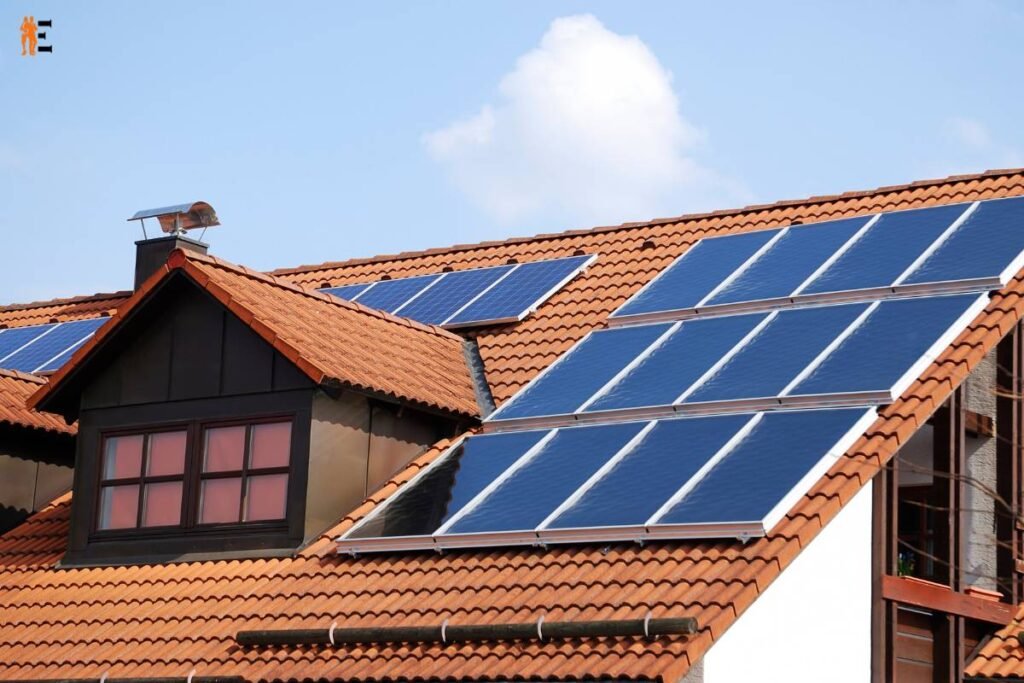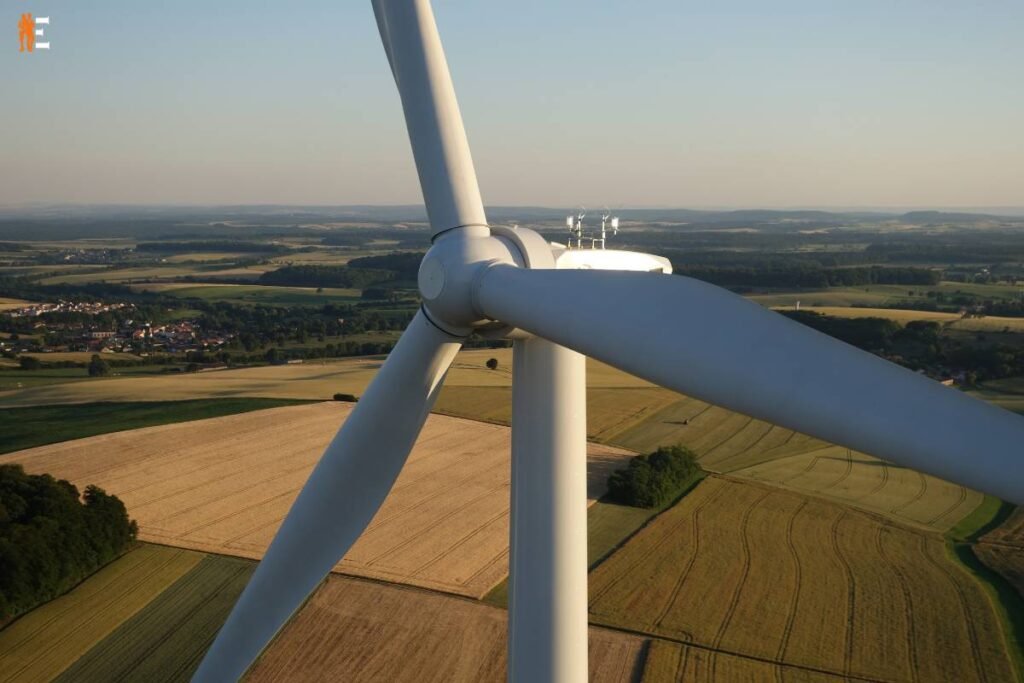Electronics in renewable energy will play a major role in improving the environmental balance of the economy. Energy consumption around the world has been on the rise since the last century. According to experts, a whopping 40% increase in the consumption of renewable energy has taken place from 2006 to 2022. Fossil fuels like natural gas, coal, and liquids have been the primary energy sources to date.
Currently, the topics of concern in regard to fossil fuels are greenhouse gas emissions and the non-revocable decrease of natural resources. According to statistics received from the U.S. Government, the emission of carbon dioxide will increase worldwide at a rate of 39% by 2030. Alternatives for the same, like adapting to greenhouse gas alternatives and embracing electronic technology in the case of automobiles, are the primary action plan. Smaller renewable power systems are trying hard to make it big. A small renewable system includes solar panels, batteries, capacitors, fuel cells, etc.
Understanding Fusion: Electronics in Renewable Energy Systems
The integration of electronics in renewable energy systems is akin to the central nervous system of a living organism. Electronics act as the nerve pathways that transmit vital signals, enabling seamless communication, control, and optimization within these systems. The marriage between electronics and renewable energy involves the application of advanced technologies to harness, convert, store, and distribute clean energy from sources such as solar, wind, hydro, and geothermal.
1. Enhancing Efficiency Through Electronics:

One of the primary advantages of electronics in renewable energy systems is the substantial enhancement of energy conversion efficiency. Electronics enable precise monitoring and control of energy production, facilitating the extraction of the maximum potential from renewable sources. For instance, in solar photovoltaic systems, electronic components such as inverters play a pivotal role in converting direct current (DC) generated by solar panels into alternating current (AC) suitable for powering households and industries.
2. Optimizing Power Management
The synergy between electronics and renewable energy extends to power management and distribution. Smart electronics enable the integration of energy storage systems like batteries, capacitors, and flywheels, thus enabling efficient energy storage during periods of excess production and discharging it during high demand. This not only stabilizes the grid but also ensures a continuous and reliable power supply, even when the sun sets or the wind wanes.
3. Enabling Remote Monitoring and Control
Electronics play a transformative role in enabling remote monitoring and control of renewable energy systems. Through embedded sensors, communication modules, and data analytics, operators can remotely monitor the performance of solar arrays, wind turbines, and other installations. This real-time data allows for rapid detection of faults, predictive maintenance, and the implementation of corrective measures, reducing downtime and optimizing system performance.
4. Driving Innovation and Research

The symbiotic relationship between electronics and renewable energy extends to research and innovation. Advances in electronics have led to the development of more efficient and cost-effective solar panels, wind turbines with better aerodynamics, and improved energy storage solutions. Moreover, electronics have paved the way for the exploration of emerging technologies like flexible solar cells, transparent solar panels, and innovative energy storage materials, propelling the renewable energy sector forward.
Electronics in Renewable Energy: A Green Revolution
The importance of electronics in renewable energy systems cannot be overstated in the context of addressing climate change and reducing our carbon footprint. The marriage of these two domains has ushered in a green revolution, redefining the energy landscape and charting a path toward sustainable development. Electronics enable the integration of decentralized energy systems, allowing individual households to become energy producers through rooftop solar panels and wind turbines.
Benefits Galore: Electronics Empower Renewable Energy
1. Enhanced Grid Stability:
Electronics contribute to a more stable and resilient power grid by efficiently managing the intermittent nature of renewable energy sources. This stability translates into fewer power outages and a reliable energy supply.
2. Reduced Energy Losses:
Electronics minimize energy losses during transmission and distribution. Smart grids and intelligent power management systems optimize energy flow, reducing wastage and maximizing efficiency.
3. Economic Viability:
The incorporation of electronics lowers the cost of renewable energy production and increases its competitiveness with traditional fossil fuels, accelerating the transition towards greener options.
4. Environmental Conservation:

By enabling a shift from fossil fuels to renewable sources, electronics play a pivotal role in mitigating air and water pollution, reducing greenhouse gas emissions, and safeguarding ecosystems.
5. Job Creation and Innovation:
The fusion of electronics and renewable energy fosters innovation, creating a thriving ecosystem of research, development, and job opportunities in both sectors.
6. Energy Access:
Electronics enable the deployment of microgrids and standalone renewable energy systems in remote and underserved areas, providing access to electricity where conventional infrastructure is lacking.
7. Climate Change Mitigation:
The widespread adoption of renewable energy systems driven by electronics contributes significantly to global efforts to mitigate climate change and achieve sustainable development goals.
Conclusion:
As the world grapples with the challenges of climate change, resource depletion, and energy security, the integration of electronics in renewable energy systems emerges as a beacon of hope and progress. This collaborative journey holds the promise of a cleaner, greener future, where intelligent electronics work hand in hand with renewable energy sources to power our world sustainably. From optimizing energy conversion and distribution to driving innovation and job creation, the pivotal role of electronics in renewable energy systems is a testament to human ingenuity and determination to forge a better tomorrow.











